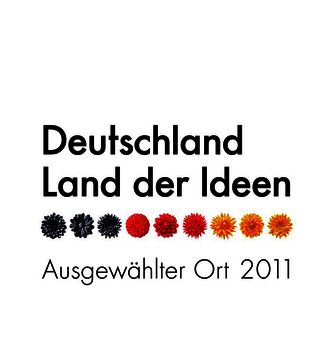N,N′,N′′-Tris(β-hydroxypropyl)hexahydro-1,3,5-triazine
MAK Value Documentation – Translation of the German version from 2023
Andrea Hartwig1 (Chair of the Permanent Senate Commission for the Investigation of Health Hazards of Chemical Compounds in the Work Area, Deutsche Forschungsgemeinschaft)MAK Commission2
1 Institute of Applied Biosciences, Department of Food Chemistry and Toxicology, Karlsruhe Institute of Technology (KIT), Adenauerring 20a, Building 50.41, 76131 Karlsruhe, Germany
2 Permanent Senate Commission for the Investigation of Health Hazards of Chemical Compounds in the Work Area, Deutsche Forschungsgemeinschaft, Kennedyallee 40, 53175 Bonn, Germany
Abstract
The German Senate Commission for the Investigation of Health Hazards of Chemical Compounds in the Work Area (MAK Commission) has evaluated the data for




